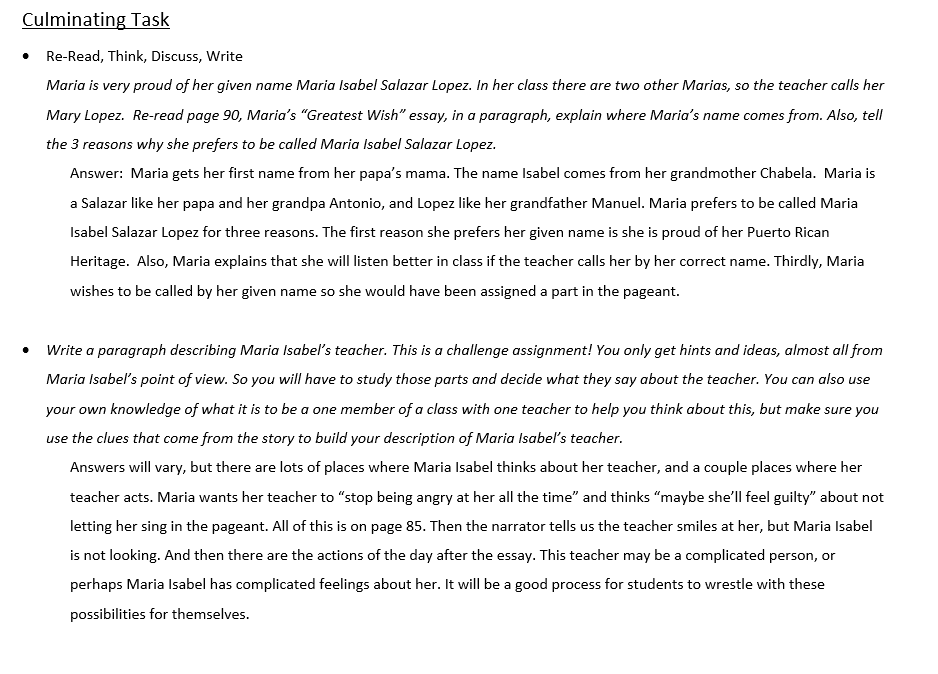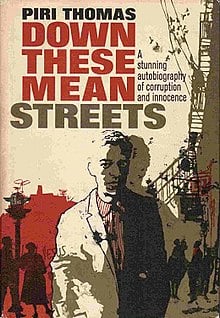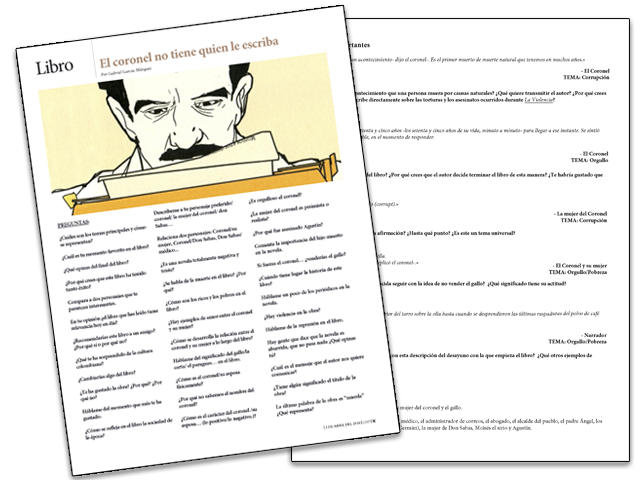About This Lesson
A close reading activity based on the story, “My Name is María Isabel” and includes instructions for implementation, text dependent questions, vocabulary and additional tasks. Aligned to Common Core State Standards: RL.4.1, RL.4.2, RL.4.3, RL.4.4, RL.4.5, RF.4.3, RF.4.4, W.4.4, W.4.9, SL.4.1, SL.4.2, L.4.1, L.4.2, L.4.3, L.4.4<br />This resource was developed through the Student Achievement Partners Basal Alignment Project. For more information regarding the Basal Alignment Project, check out http://tinyurl.com/l8u25hd

















